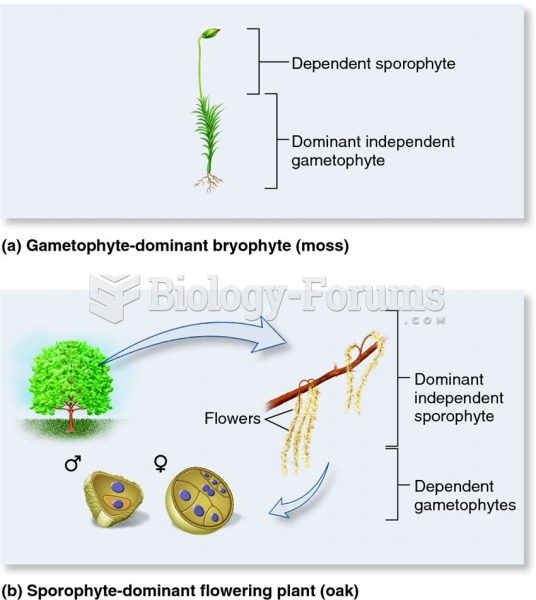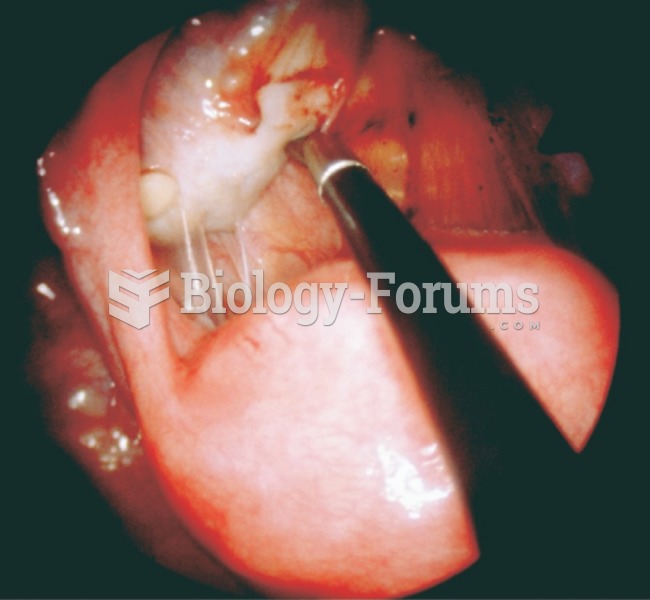|
|
|
Did you know?
Medication errors are three times higher among children and infants than with adults.
Did you know?
Drugs are in development that may cure asthma and hay fever once and for all. They target leukotrienes, which are known to cause tightening of the air passages in the lungs and increase mucus productions in nasal passages.
Did you know?
Many of the drugs used by neuroscientists are derived from toxic plants and venomous animals (such as snakes, spiders, snails, and puffer fish).
Did you know?
The average adult has about 21 square feet of skin.
Did you know?
Your heart beats over 36 million times a year.






